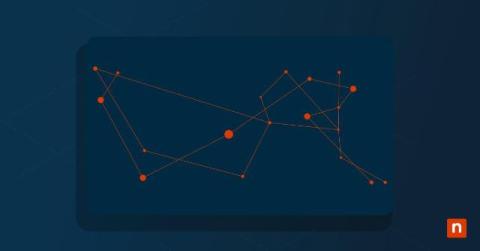Use of mobile devices in today’s modern, distributed workplace is now the norm. They offer broad connectivity, powerful computing, and ease of use, but unmanaged mobile devices can also lead to user frustration while increasing an organization’s attack surface. Fortunately, NinjaOne solves for that. We are thrilled to announce the official launch of NinjaOne Mobile Device Management (MDM). A natural extension to our No. 1-rated endpoint management platform, NinjaOne MDM helps IT organizations reduce cost and complexity, and improve security posture by enabling efficient management for Android and Apple mobile devices — alongside Windows, macOS, Linux, VMs and networking devices — all within a single, easy-to-use console. Sound enticing?
























